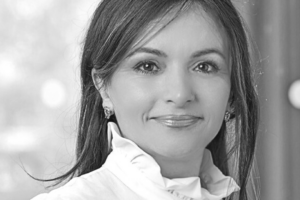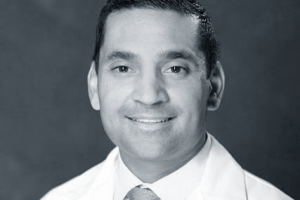Lung cancer screening

As lung cancer screening recommendations expand, so does the need for decision support tools. contextflow ADVANCE Chest CT simplifies lung cancer screening via:
Nodule detection & quantification
- Gain quick insights from within your native viewer
- Explore results more thoroughly from within our UI
- Objectively determine changes over time
*COMING SOON* Malignancy score calculation from partner RevealDx
- Reduce false positives
- Flag at-risk patients sooner
- Read clinical study information here.
Detect co-morbidities in the lung parenchyma
- SEARCH analyzes 19 image patterns in lung CTs
- The most holistic patient view on the market
We support the following standards
- British Thoracic Society guidelines for the investigation and management of pulmonary nodules
- European Union Position Statement on Lung Cancer Screening
- Guidelines for Management of Incidental Pulmonary Nodules Detected on CT Images: From the Fleischner Society 2017
- International Early Lung Cancer Action Program: Screening Protocol, 2021
- Lung-RADS Version 1.1 2019
- Response Evaluation Criteria in Solid Tumors (RECIST)
ILD diagnosis and treatment decisions

Interstitial lung diseases are complex to diagnose. But you knew that already. ADVANCE Chest CT supports ILD reporting:
From within your native viewer
- Disease patterns appear color-coded in your native viewer
With comprehensive pattern detection & quantification
- We support 19 different disease patterns, more than any other tool
- Changes in disease pattern amount and distribution are visible via heatmap visualizations
- Objectively determine changes over time
COPD
Quantification of emphysema and its distribution is associated with COPD. In addition,
visual assessment of CT scans and distinct phenotypes are important to COPD assessment. INSIGHTS can provide both quantification and visual distribution of emphysema.
Testimonials

I have been following contextflow’s progress practically since the company’s founding, and their traction in the area of chest CT is impressive. Being able to shape clinical decision support tools that myself and colleagues can benefit from in clinical practice is a big motivator. We’re literally shaping the future.
Jacob Visser
Chief Medical Information Officer & Head of Imaging IT and Value-Based Imaging at Erasmus MC

I really like the transparency of contextflow as opposed to other black box AI solutions. It’s designed to support my workflow while leaving the final decision up to me.
Elmar Kotter
Vice Chair and Head of Imaging Informatics at the Department of Radiology at Freiburg University Medical Center

In the world of AI, it’s crucial to use it safely, be clear about what it does, and make ethical choices. This means moving forward with innovation in a responsible way, creating a future that’s both advanced and thoughtful.
Geraldine Dean
MD MSc MRCS FRCR Consultant Radiologist, Artificial Intelligence Lead NHS SW London Imaging Network

For interstitial lung disease, we use contextflow on a daily clinical basis. We now put the major information into the radiology report. And this is what our clinicians expect from us: to be able to quantify the disease and especially to quantify disease progression in order to improve clinical decision making.
Gerlig Widmann
Managing Senior Physician at the University Department of Radiology at the Medical University of Innsbruck

One of the great features of contextflow is the TIMELINE view, which offers the possibility to actually analyse follow-up scans. And that has a lot of value for our clinical practice because patients will return to our practice for follow-up imaging.
Willem Grootjans
Head of the Imaging Services Group at the Department of Radiology, Leiden University Medical Center

I use contextflow in any routine scan performed, for example, for staging, or for other disease evaluation. It helps me a lot to recognize patterns in patients where you’d not expect or where we cannot clearly see the pathology behind it. So it helps us a lot as a double checker.
Lukas Müller
Radiology Resident & Clinician Scientist at the Medical University of Mainz

contextflow is one of the applications that certainly fits radiology’s current needs and can simplify the analysis of complex lung pathology. With the right insights and technology, we can succeed in introducing AI in a very attractive way to radiology departments on a global scale.
Erik Ranschaert
Former President of the European Society of Medical Imaging Informatics (EuSoMII), Radiologist at St. Nikolaus Hospital in Eupen

We’re very interested in using AI to improve the hospital experience for both doctors and patients; contextflow’s use of deep learning, particularly for lung diseases, is exactly the type of technology we want to evaluate. I very much look forward to the results.
Christian Herold
Head of Radiology at Vienna General Hospital

After using and advising several radiology AI software companies, I can say that what contextflow offers is actually the next generation of AI products to support the radiologist, not replace them. Their general approach means they recognize all relevant findings, not just one.
Anand Patel
MD, Chief of Interventional Radiology, Providence Little Company of Mary Medical Centers

We are very interested in using tools based on artificial intelligence like contextflow to support the decision in the diagnostic process based on the image.
Lluís Donoso Bach
President of the International Society of Radiology
